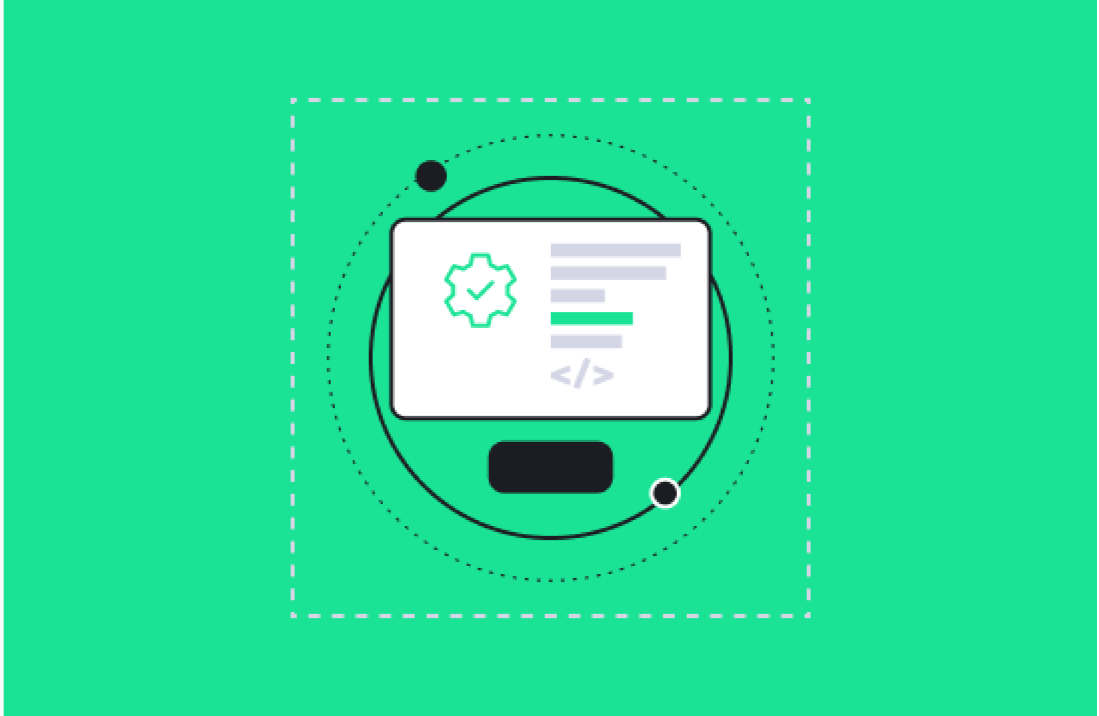If you’ve read any of our previous blog posts, you already know that the term “revenue operations” (RevOps) refers to a business function that consolidates siloed operations and teams to drive revenue and the customer experience. To engage in RevOps, you need to rethink your internal workflows and align them toward revenue growth. You also need a set of technologies and processes to allow each unit of your business to collaborate on common revenue goals.
HubSpot is one of the most promising tools for RevOps. With its easy-to-use interface and powerful automation tools, you can leverage HubSpot to build an end-to-end customer experience that optimizes revenue.
The best part: You can use many of HubSpot’s automation tools with little to no coding experience. Here are some of the best HubSpot automations for no and low-code users.
Social Media Automation
HubSpot’s marketing hub lets you connect all your company’s social media accounts to the platform. This allows your team to compose, schedule, and publish posts to all your accounts directly through HubSpot. There’s no need to log into individual accounts to publish a link to your latest piece of content or to generate leads with a new social media campaign.
Your team members can use automation to power your entire social media strategy without inputting a single line of code. First, they can schedule posts in advance using HubSpot’s intuitive social media tool—as many as they want! They can even create a sequence of original posts to publish across your social media accounts for months and months.
This significantly cuts down on the time it takes to publicize your content, promotions, and special offers.
HubSpot also enables you to automatically monitor social interactions with contacts in your database. You can create custom keyword monitoring streams that automatically trigger email alerts, so your marketing and sales teams know when your prospects are talking about you online. These alerts create opportunities for your staff to strike up a conversation with a lead at the perfect moment.
Finally, HubSpot will automatically pull in the last 60 days of your social media post data. HubSpot’s social reports provide you with data on post visibility, interactions by social media platform, and other metrics like impressions, clicks, and shares. You can then integrate these reports with others to get a better view of your customer journey, and you can use integrations with other analytics tools to generate even more insights.
Email Automation
Any email you create in HubSpot, you can save for use in automated workflows. And you can do so without inputting any code at all. Just “Automated” in the dialog box after choosing to create an email in HubSpot.

(Source: HubSpot)
This will bring you directly to HubSpot’s email editor, which is designed with easy-to-use features that no- and low-code users can use. After selecting a template, simply select the “Drag and drop” option, to design an HTML email without having to input code. Once the email is composed, just save it for automation.
Now, the email can be attached to a trigger in one of your automated workflows in HubSpot. The workflow tool also includes a simple, drag-and-drop interface for many of its functions, so even no code users can use it.
Sales Sequences
HubSpot’s Sales sequences allow your sales team to send targeted emails to nurture contacts. Your salespeople can select what times of day their automated emails are sent, or they can attach sales emails to a trigger and make them part of a workflow. In this context, a “triggering” event can be anything measurable by the HubSpot CRM.
For example, sometimes, a prospect might open an email but choose not to respond. To keep prospects from growing cold, your salesperson can create an email sequence with an automated trigger that sends a follow-up email as part of a drip campaign. Likewise, if the prospect does respond, your team member can automatically unenroll them from further automated emails that are part of the drip campaign.
You can also use sequences to automatically create reminders and scheduled tasks, such as tasks to follow up with leads and prospects. Add your task, or “to-do” as part of your sales sequence. Anytime a prospect is enrolled in the sequence and satisfies the trigger, the to-do to follow up with them will be created automatically.
Once again, no coding is required.
Ticket Pipeline Automation
Once your prospects become customers, you can automate their support tickets through the HubSpot Service Hub with little to no coding knowledge. Using ticket workflows, your CX team can automate internal notifications, ticket kickback emails, and more. You can even automate ticket status changes to ensure there’s no ambiguity around where the customer is in the support process.
HubSpot also enables your CX staff to create tickets automatically using a workflow. Simply connect a corresponding form—such as a customer service request form—to your “conversations” inbox in the Service Hub. Now, submissions to the form will automatically create a ticket.
You can do the same thing with tickets from other channels. For example, if you receive a significant number of support requests via incoming emails or through your Facebook Messenger account, you can include those as channels in your inbox to create tickets automatically.
Leverage HubSpot for Your RevOps Strategy
HubSpot’s automation capabilities span the entire customer journey, from marketing to sales and customer service. This allows your no- and low-code team members to harness the power of HubSpot's automation tools regardless of their level of skill or their role in the sales process. With the right workflows, sequences, and ticketing implementations, you can create a seamless, lucrative customer experience from end to end.
Setting up automations on HubSpot to power your RevOps strategy might sound like a lot of work, but with the right guidance, you can start generating value for your business quickly. Contact A8 today to find out how we can help you implement HubSpot and jump-start your RevOps engine.






